Affiliate links on Android Authority may earn us a commission. Learn more.
Don't believe what smartphone manufacturers tell you about zoom
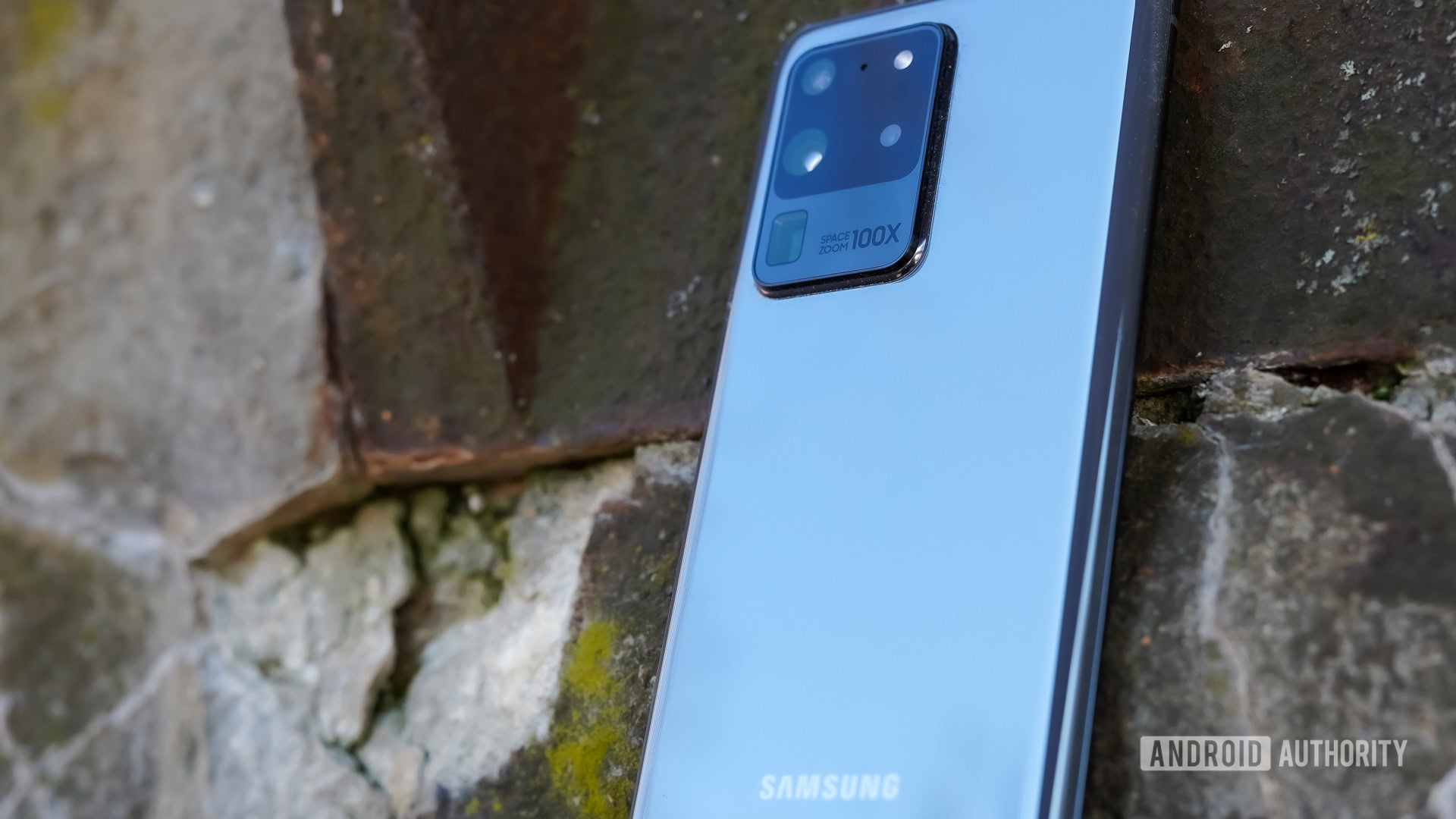
Smartphone manufacturers have stepped their game up in a massive way when it comes to zoom and low-light photography in the last two or three years. We’ve seen everyone from Huawei and Apple to Samsung and Google make major strides in both regards.
But when it comes to zoom, we’ve seen a major trend for manufacturers to fudge the numbers, lie by omission, mislead the public, or simply fail to adequately explain their capabilities.
The questionable marketing centers on what exactly constitutes optical zoom in a smartphone sense, as well as the blurring of lines between optical zoom, hybrid zoom, and digital zoom.
Zoom technologies explained
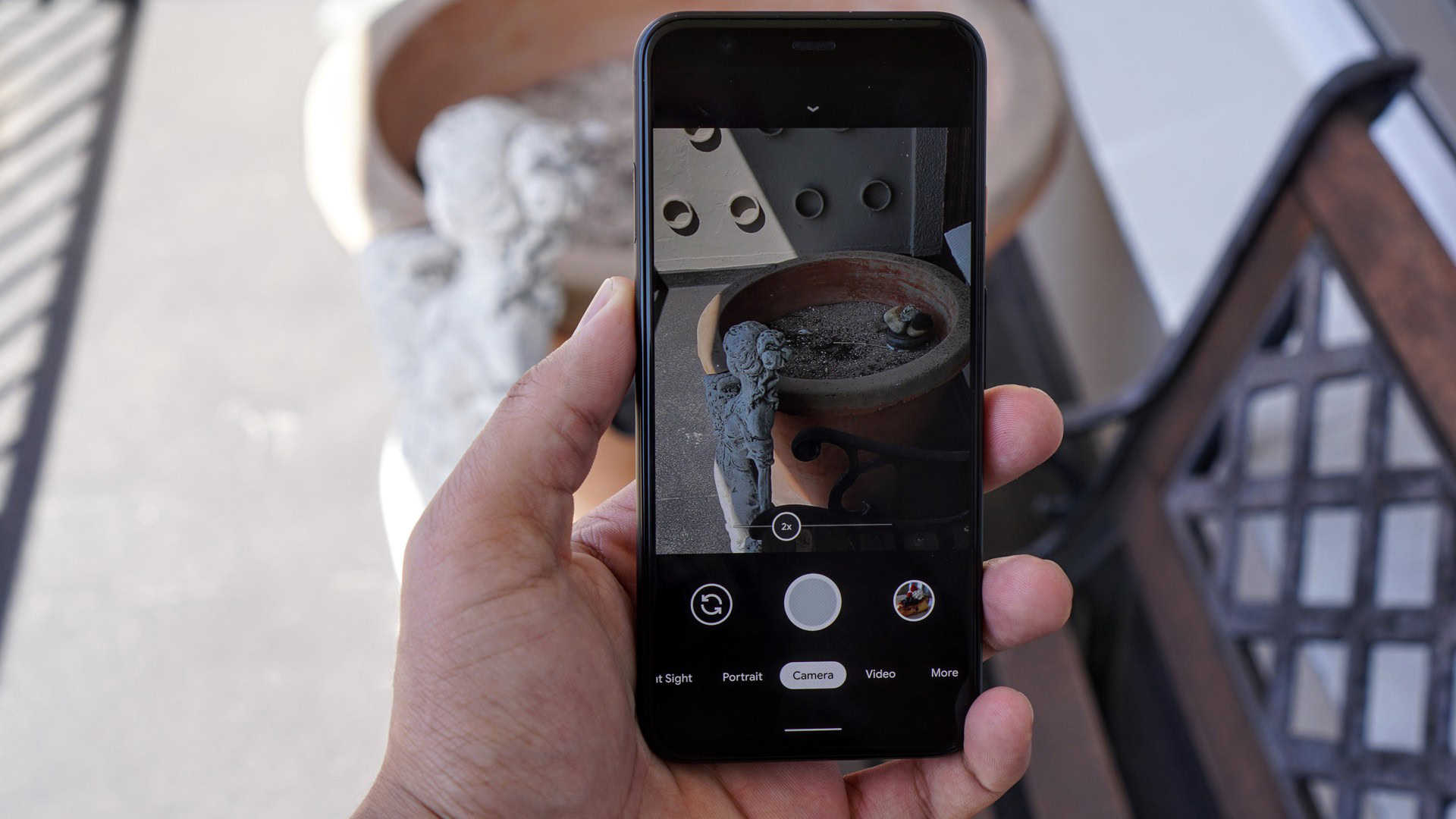
Optical zoom in the context of a smartphone sees telephoto or so-called periscope cameras being used for zoomed-in shots. These cameras only offer one level of optical zoom though (e.g. 2x, 5x) rather than DSLR cameras, which are capable of moving lenses to offer several optical zoom levels. Telephoto and periscope cameras should deliver the best results out of all zoom technologies.
Digital zoom is just like cropping the camera sensor to give the impression that you’ve zoomed in. Phone cameras will often use digital up-scaling to produce an output file size that’s equivalent to the 1x resolution (e.g. upscaling to 8MP if the camera is an 8MP sensor). However, the actual level of detail retained is equivalent to cropping in on the original 1x image.
Think of digital zoom like staring at a friend 100 meters away while looking through a toilet roll. Optical zoom on a smartphone is the equivalent of using a pair of binoculars (i.e. telephoto or periscope cameras) to look at that same friend, offering a more detailed look at them.
Read: Camera zoom explained — How optical, digital, and hybrid zoom work
Smartphone manufacturers have been able to bridge the gap between digital and optical zoom somewhat with hybrid or lossless zoom. A software-driven approach to zoom isn’t new, as the likes of Sony and Nokia have used 20MP+ sensors and oversampling to deliver lossless zoom before.
Hybrid zoom involves using multiple pictures and image processing techniques such as Super Resolution to get better results than traditional digital zoom. It’s still not quite as good as having a telephoto or periscope camera at that particular zoom level, but it’s a good alternative.
In fact, combining advanced image processing techniques with a telephoto/periscope camera results in the ability to use hybrid zoom well beyond what a telephoto or periscope camera can offer. So a phone with a 3x telephoto zoom camera like the HUAWEI P30 can leverage that camera and image processing smarts to reach 5x hybrid zoom. But crucially, hybrid zoom, even when aided by a zoom camera, still isn’t optical zoom. That hasn’t stopped some brands from pretending otherwise.
When optical zoom isn’t quite optical
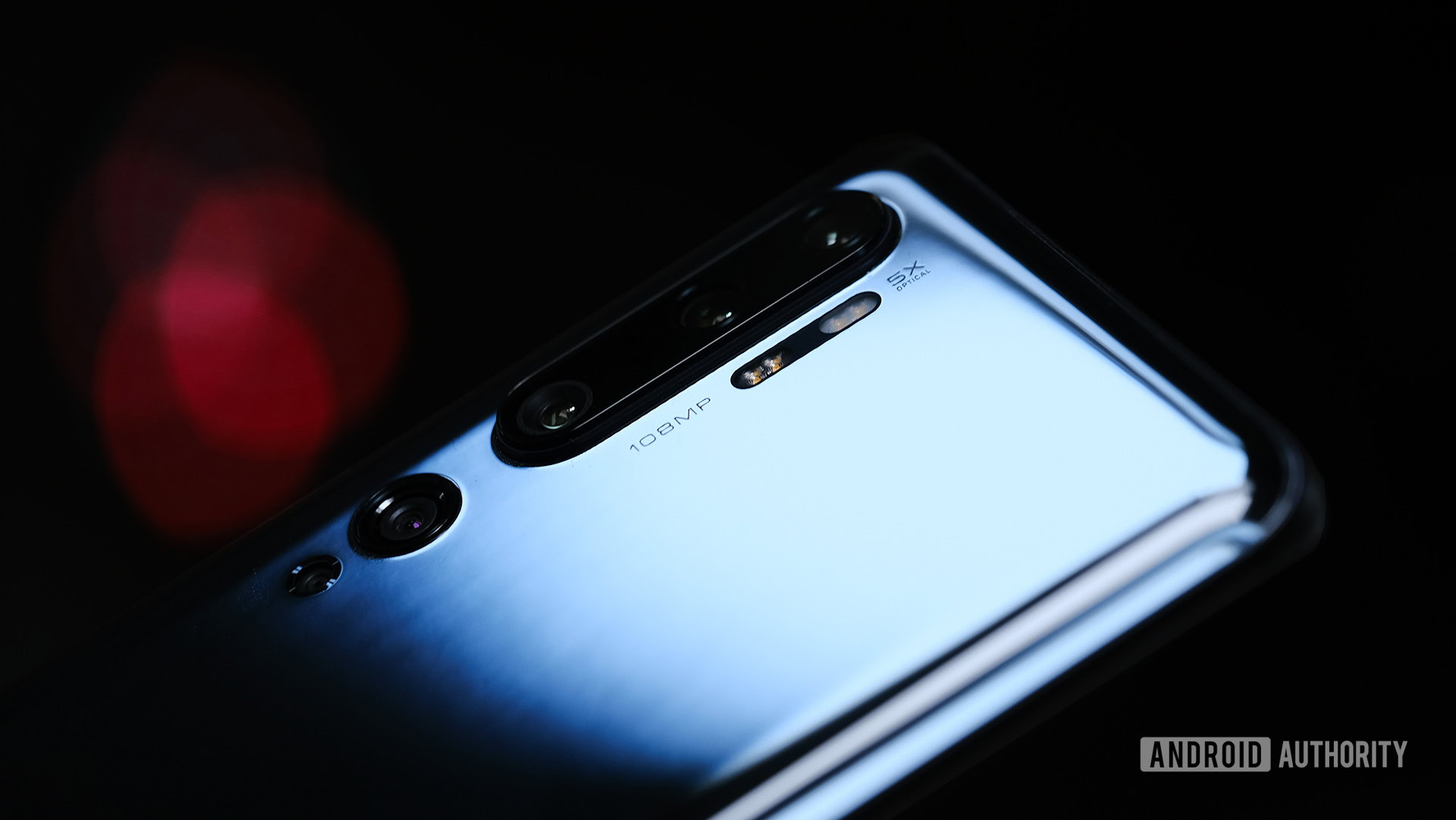
We’ve seen Xiaomi and OnePlus blur the lines between optical and hybrid zoom with the Mi Note 10 and OnePlus 7 Pro respectively.
Xiaomi’s Mi Note 10 specifically touts “5x optical” zoom branding on the rear (see the picture above), when it later admitted it’s actually using a 3.7x 8MP camera and cropping in to deliver a 5MP 5x hybrid zoom shot. The OnePlus 7 Pro meanwhile, delivers an 8MP 3x zoom shot from a 13MP 2.2x telephoto camera.
In OnePlus’s case in particular, the firm was adamant about it being telephoto zoom and not lossless or hybrid zoom. This practice might not matter to the vast majority of users and picture quality might be great, but it does have the potential to be an extremely slippery slope. What’s to stop a company from offering a 40MP camera, cropping it down to 5MP, saying it’s 5MP optical zoom, and only admitting the practice when asked?
Some brands have taken to using high-resolution telephoto or periscope cameras and cropping in to tout a higher native zoom factor.
The most recent case of blurring the lines between optical and hybrid zoom centers on the Samsung Galaxy S20 series. Samsung claims 64MP 3x “hybrid-optic” zoom for the Galaxy S20 and S20 Plus, and 48MP 10x “hybrid-optic” zoom for the S20 Ultra. The sheer fact that Samsung invented a new term should tell you that we might not be looking at true 3x and 10x optical zoom respectively.
We’ve contacted Samsung to ask about the native zoom factor of these phones, and it’s confirmed that the S20 Ultra offers a 4x periscope zoom camera. We haven’t heard from Samsung about the S20 and S20 Plus as of writing, but NotebookCheck reports that the two devices offer a mere 1.06x zoom camera. The phones merely seem to be cropping via the ultra high-resolution cameras and using software processing to get to 3x and 10x “hybrid-optic” zoom then.
Digital zoom on steroids (but still digital zoom)
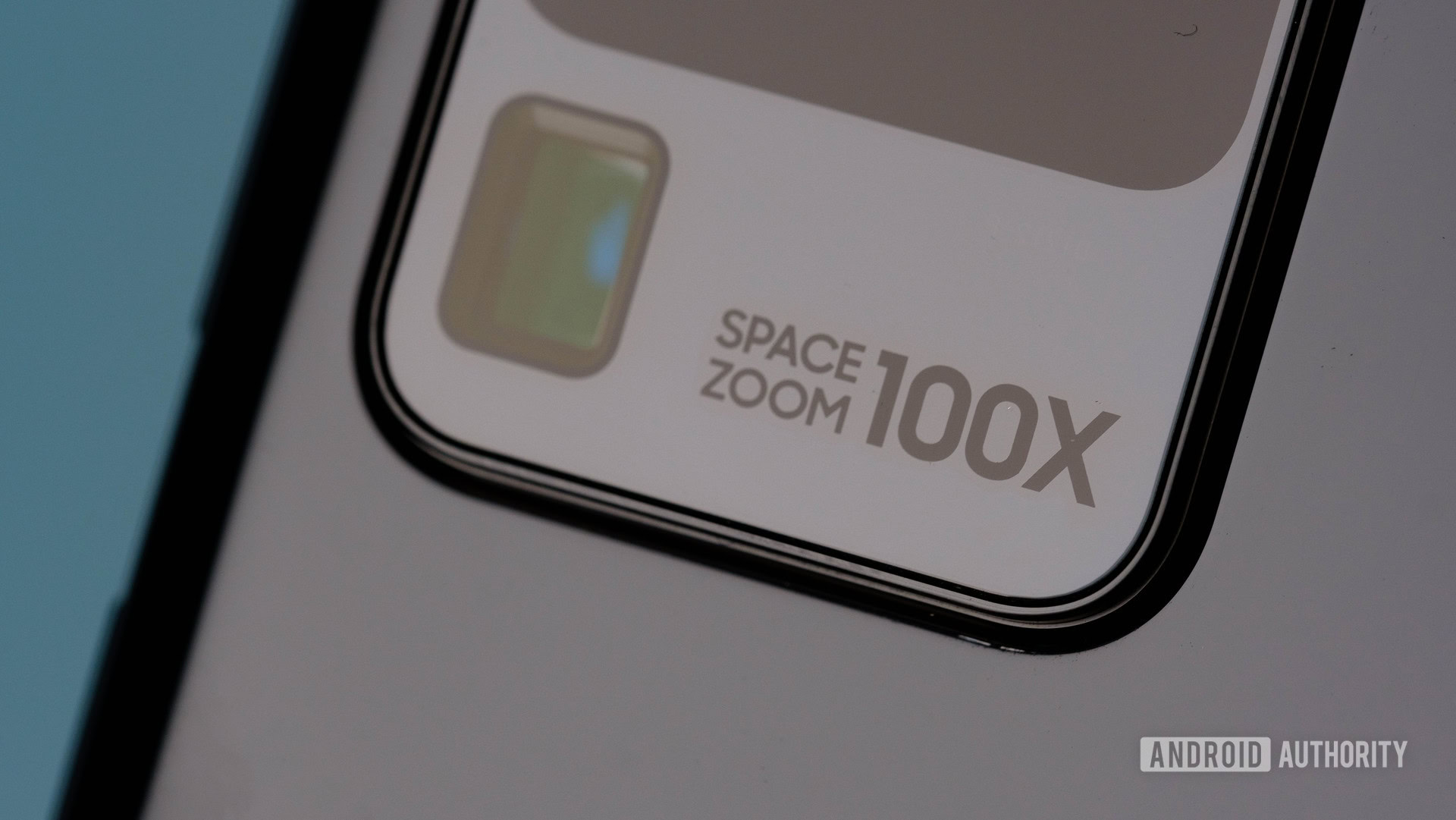
There’s no question that optical zoom combined with advanced image processing techniques allows cameras to zoom further than ever. Generally speaking, the higher the native zoom factor of your telephoto or periscope camera, the higher the ceiling is for hybrid zoom. This is also contingent on the image processing capabilities of OEMs, as some brands are able to offer better quality hybrid zoom than others. But there’s still a point where hybrid zoom inevitably becomes purely digital.
Unfortunately, this crossover between hybrid and digital zoom is another area where smartphone manufacturers have muddied the waters. We’ve seen the likes of OPPO teasing 20x zoom for the Reno 2 and later revealing it’s actually digital zoom, for example. There was no mention of digital, optical, or hybrid zoom in the initial teaser — a crucial omission that muddies the waters.
Introducing #OPPOReno2 #Quadcam with #20xZoom. Coming first to India on 28.08.2019 pic.twitter.com/ySwRdeoXLa— OPPO India (@oppomobileindia) August 16, 2019
vivo is guilty of similar practices too, touting 60x zoom for its X30 Pro smartphone. A look at the product page with the aid of machine translation shows numerous instances of “60x zoom” or “60x super zoom” and it never once seems to mention that it’s actually digital zoom.
Samsung is another case of a company potentially blurring the lines between digital and hybrid zoom. The company touts 100x Space Zoom for the Galaxy S20 Ultra, but look at it in action and you’ll see this is largely digital zoom. To its credit, the firm describes it as “AI-powered” digital zoom because it uses multi-frame image processing. But multi-frame processing can only do so much to improve the picture quality at such an extreme zoom factor. And I wouldn’t be surprised if other brands are using similar techniques for digital zoom anyway.
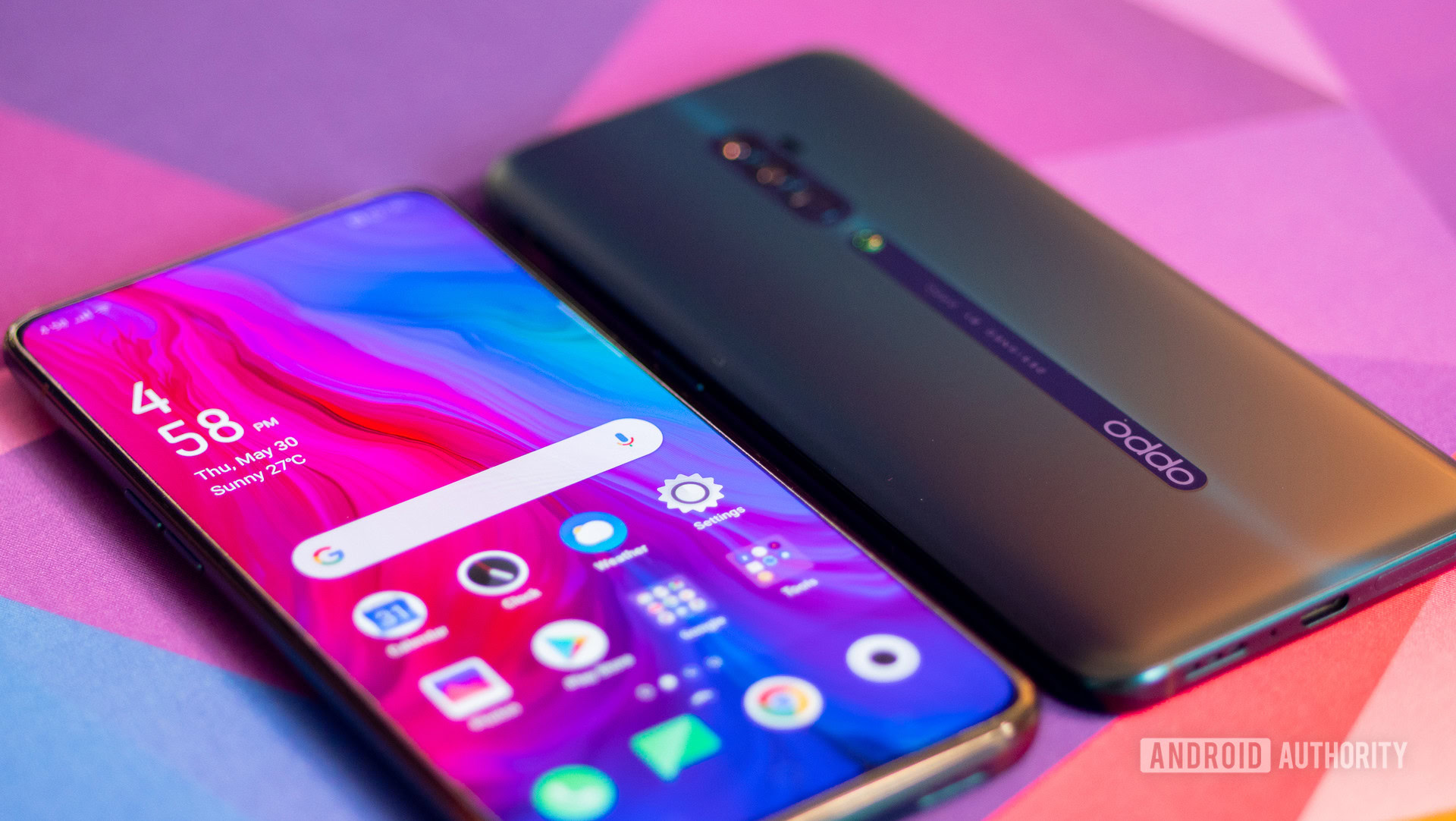
Even HUAWEI, which generally popularized the use of “hybrid zoom” as a term and has done a solid job of differentiating between optical and hybrid zoom, isn’t immune to this. The brand doesn’t mention “digital zoom” on its P30 Pro product page when talking about 50x zoom (although it did so in press releases). You can argue that the “digital” in “digital zoom” is implied at such high zoom factors, but the average consumer might certainly think there’s more to it.
The most recent example comes from realme and its X50 Pro 5G. The firm interchangeably uses “20x zoom” and “20x hybrid zoom” in its marketing for the phone, while claiming “5x hybrid-optical zoom” as well. So what’s the difference here?
“None, they’re the same,” a realme representative told Android Authority in an emailed response. “Hybrid always combines optical plus digital. Sometimes they indicate ‘hybrid optical’ and just avoid the ‘and digital’ part.”
But why make a distinction between “5x hybrid optical” zoom and “20x hybrid zoom” if they’re the same thing, then?
It might not be zoom-related, but Apple isn’t immune to clumsy camera marketing either. The firm failed to adequately explain that its night mode doesn’t work with the telephoto camera, even though you have the option of 2x zoom in this mode.
Time for marketing transparency around zoom
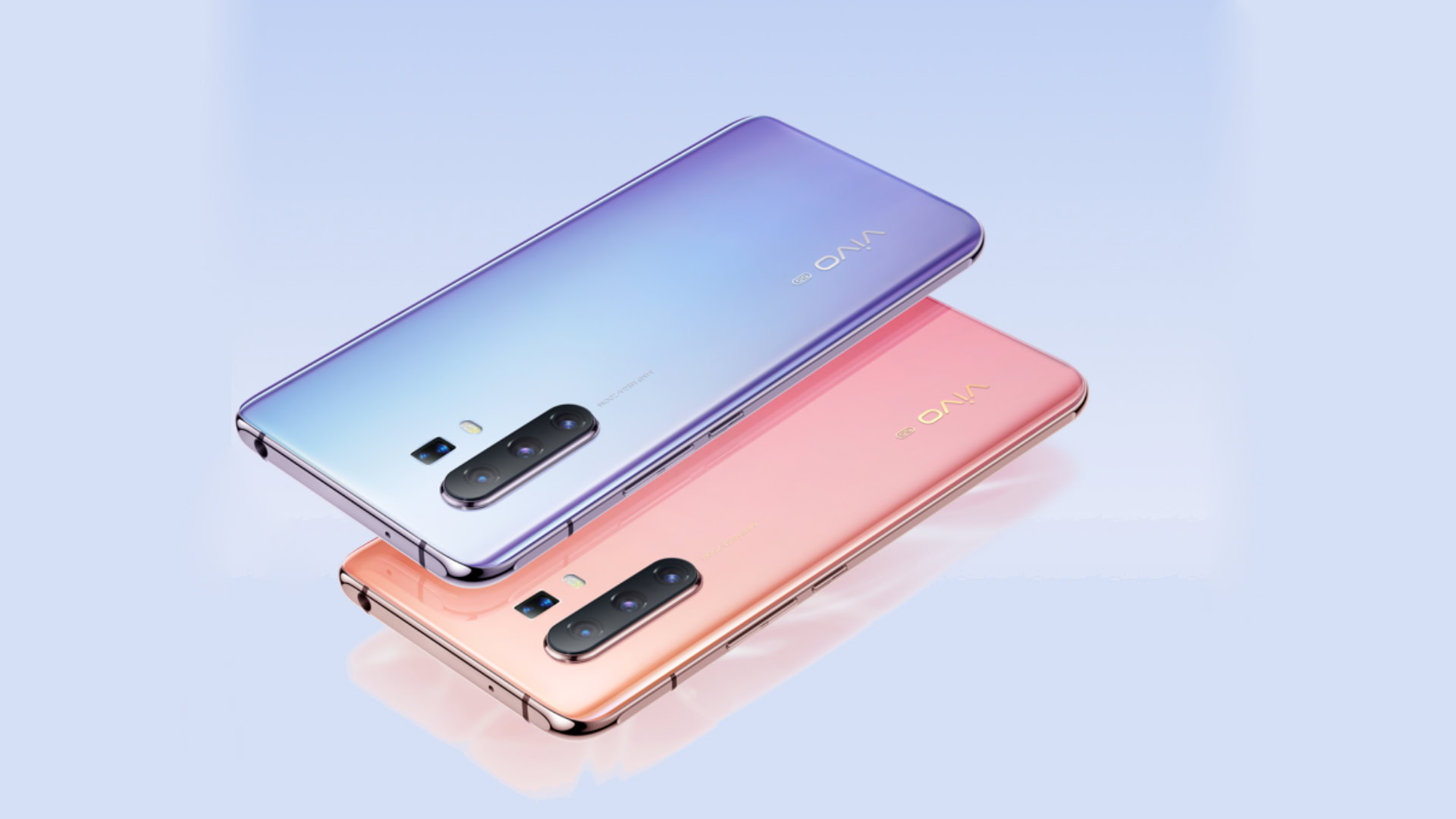
Smartphone manufacturers have clearly made a massive leap in zoom capabilities in the last year or two, moving from simple 2x telephoto cameras to 3x and 5x shooters. And the drive towards hybrid zoom has helped phones yield good results beyond their native telephoto/periscope cameras too.
But the push for improved zoom quality also requires manufacturers to market their capabilities carefully and responsibly. Whether it’s by using the correct terminology, or at the very least using an asterisk when zoom is mentioned in promotional materials and issuing a disclaimer. After all, enthusiasts might know that the HUAWEI P30 Pro tops out at 50x digital zoom and that the Galaxy S20 Ultra uses 100x digital zoom, but does the average consumer know this?